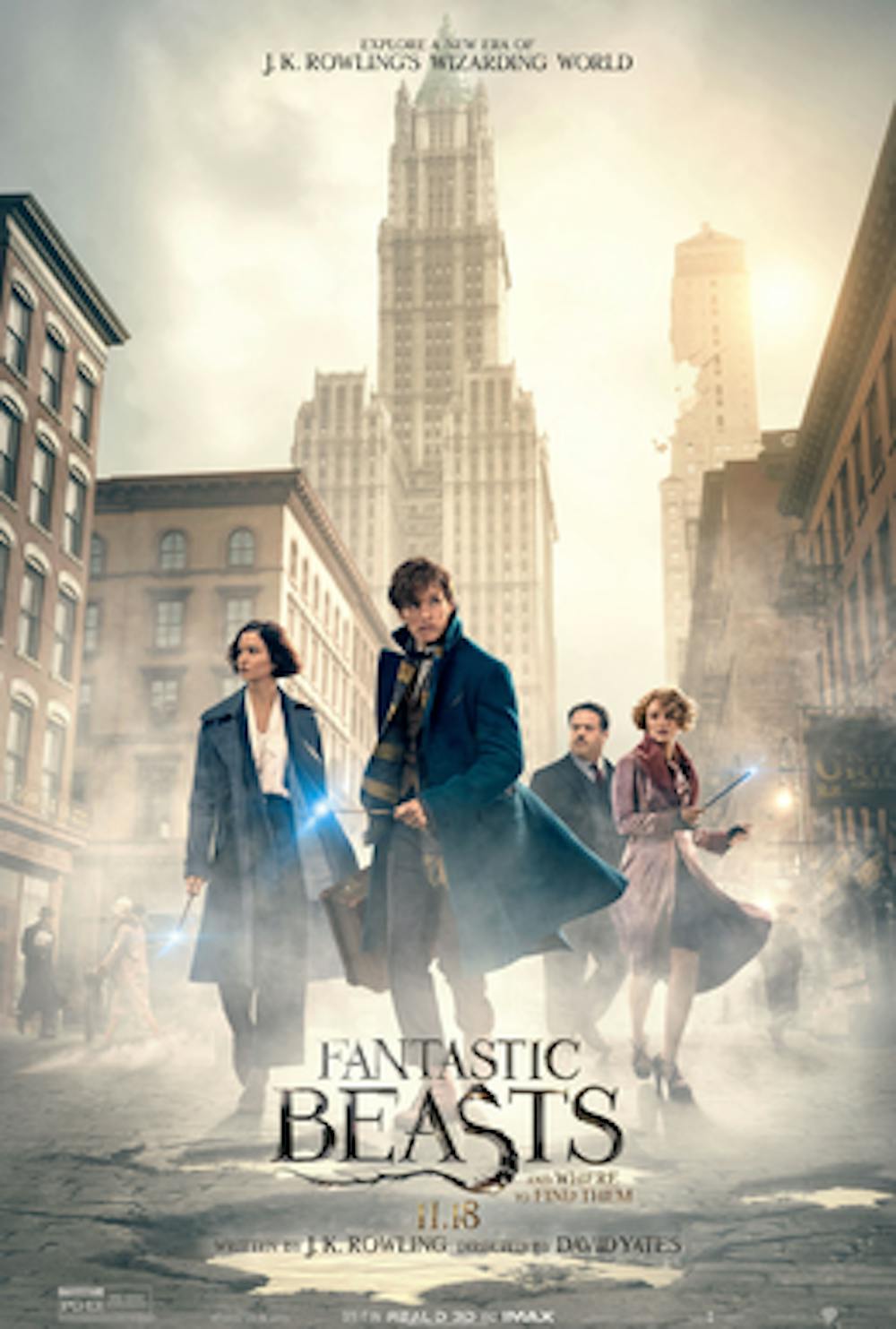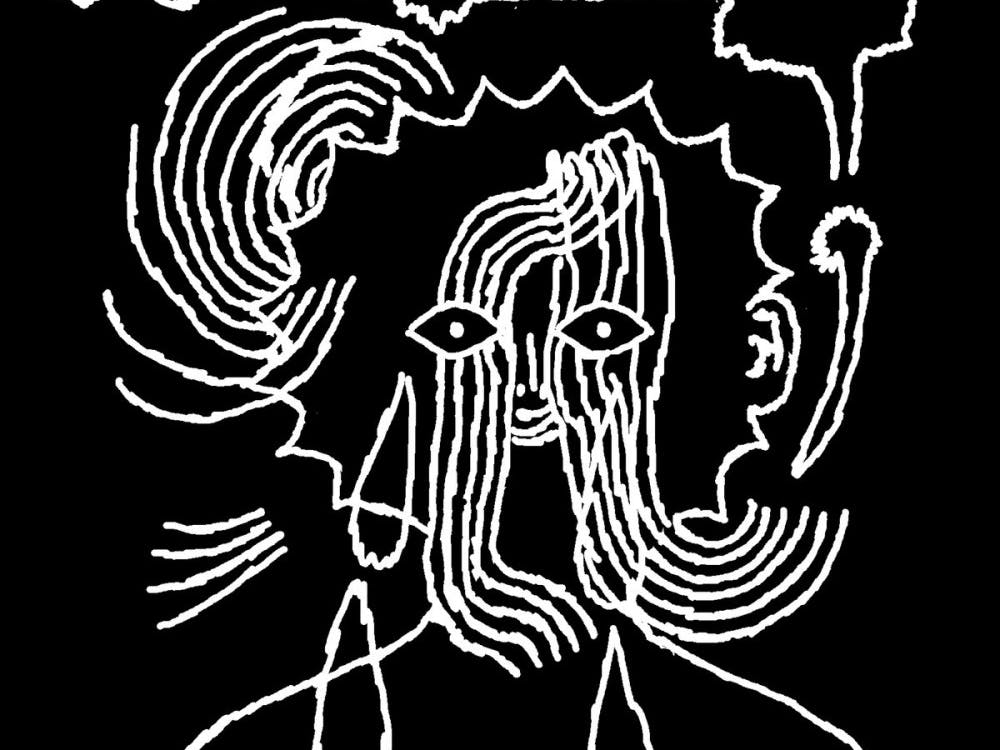“Harry Potter” fans have long awaited the arrival of J.K. Rowling’s latest foray into the wizarding world, and the author did not disappoint. Despite high expectations set by its predecessors, “Fantastic Beasts and Where to Find Them” is a superb display of magic, humor and drama. Rowling wrote and produced the film, so viewers can feel comfortable knowing this new rendition on the original series is authentic and what the beloved author wants. There are also snippets of the iconic “Harry Potter” music throughout the film, a subtle reminder of the parallel setting.
The American setting and different time period, 1926, allow for a fresh perspective on the wizarding world. It incorporates the same language and elements, such as certain magical creatures and spells, while also introducing new vocabulary, most notably “No-Maj,” the American equivalent of a Muggle.
A key difference is the violence, which is intensified compared to “Harry Potter.” This allows the original audience of “Harry Potter,” now in their twenties, to fully engage with and enjoy Rowling’s matured screenplay.
The imagination involved in the film certainly reaches the heights of “Harry Potter” and, at times, perhaps even surpasses the original franchise in this area. The creatures and magical displays showcase an intense originality and care that enhance the film immensely. And all contribute largely to the film’s positive reception.
The characters are all fairly dynamic, but Newt Scamander (Eddie Redmayne) steals the show. Many know Redmayne from his stunning performances in “The Danish Girl” and “The Theory of Everything,” and he shines, yet again, in his latest magical role. He assumes a quirky, awkward persona that complements the rigidness of magical law. It is fun to see how his bright personality affects the entire cast and darker setting.
The attention to detail in terms of his characterization is remarkable; even the tiniest artistic decisions enhance his character. Near the film’s end, there appear to be scars from a bite mark on his hand, a subtle choice that adds more depth to the story.
The story itself is interesting in that it is loosely based off of Rowling’s textbook, written under the pseudonym, Newt Scamander, but the plot is entirely original. Just like in “Harry Potter,” the plot extends across the fictitious boundary and parallels real-world issues.
Scamander’s desire to protect magical creatures and his desire for people to understand them before attacking or jumping to negative conclusions provides a sort of social commentary. The film critiques the ways in which people are often so inclined toward brutality and hate to accomplish their desires, or even just to eradicate what they don’t understand.
This same idea recurs with the witch-hunting scenes in the film. At the film’s end, magical law enforcement interacts with a character who has been abused and misunderstood in an exchange which mirrors contemporary social issues. The film also includes a law preventing a No-Maj and witch or wizard from marrying.
Overall, “Fantastic Beasts and Where to Find Them” weaves a stunning and dynamic plot. It is difficult to reach the height and success of “Harry Potter,” but with Rowling at the helm the film comes decently close.







